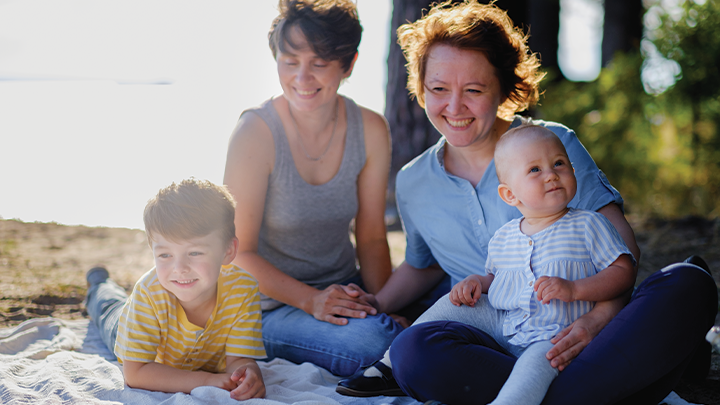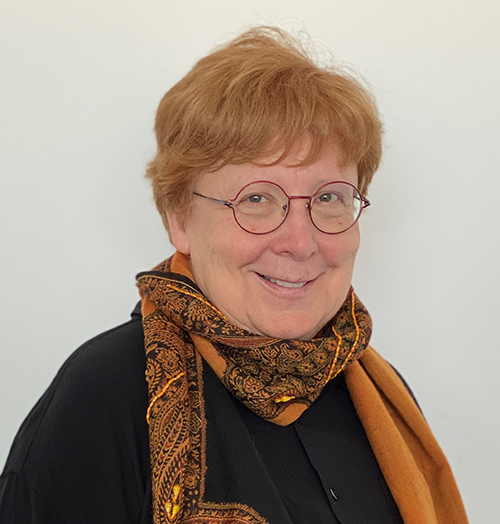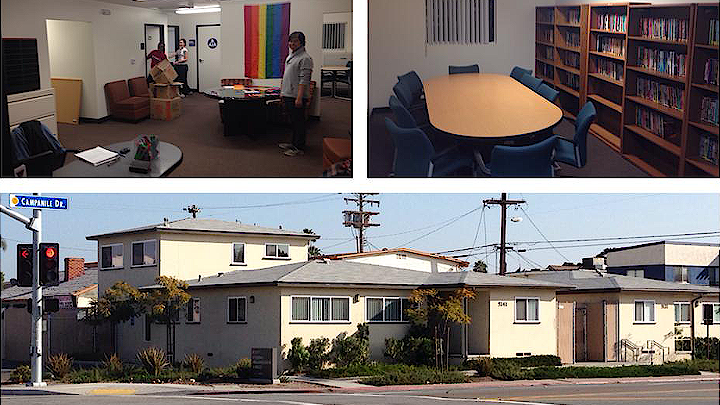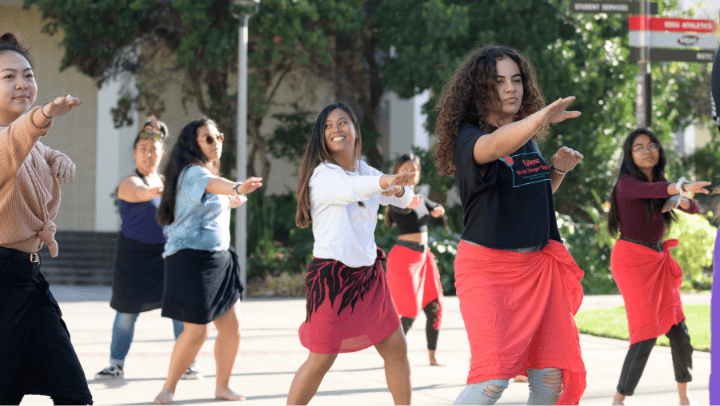Groundbreaking 38-year study offers rare perspective on children of lesbian parents
Esther Rothblum, emerita professor of women’s studies, is a collaborator on the largest and longest-running study on planned lesbian-parent families in the U.S.

A comprehensive 38-year longitudinal study, The U.S. National Longitudinal Lesbian Family Study, is the longest-running prospective study on offspring conceived via donor insemination (DI), beginning in 1986 when it was first made available to lesbian women.
Nanette Gartrell, a visiting distinguished scholar at Williams Institute, UCLA School of Law, launched the study without grant support. At the time, national grants were unavailable for any studies related to LGBT subjects.
This study tracked the development from birth through adulthood for the offspring of 75 lesbian-parent families.
Esther Rothblum, professor emerita of women’s studies at SDSU, joined the study as a research collaborator during wave 6 of the study when the offspring were 25 years old.
Q&A WITH ESTHER ROTHBLUM
What prompted the study?
In the 1980s, there were significant prejudices against lesbian mothers. People often assumed that the children would face identity confusion, mental health issues, and be more likely to identify as gay or lesbian. This study's findings counter these assumptions, finding that the offspring are mentally healthy, most identify as heterosexual, and nearly all as cisgender.
 Open the image full screen.
Open the image full screen.
Historically, lesbian mothers frequently lost custody battles against their heterosexual male partners or husbands. When DI became accessible in the mid-1980s, many lesbians opted for anonymous donors to secure their parental rights.
It's really fascinating. This is a whole generation — the first generation — really, that was able to have children via donor insemination. Before that, lesbians typically had children in the context of a heterosexual marriage or heterosexual relationship, and then came out and broke up with their male partner, which means the early studies were really looking at children of divorce.
How is this study unique in comparison to others?
The study began in 1986 when the 75 moms were pregnant or inseminating. Families were given follow-up surveys when the offspring were ages 2, 5, 10, 17, 25, and now early 30s. In later years, surveys were also administered directly to the children beginning at age 10.
Unlike many studies that do not extend beyond adolescence, this research offers crucial insight on these, now, adult offspring. An impressive 90% of the original 75 families continue to participate in ongoing work related to the study, which reflects a strong dedication to this longitudinal investigation.
What do the results reveal?
The study reveals that children born to lesbian parents via DI are thriving — debunking long-held societal assumptions about nontraditional families.
The results indicate that children of lesbian couples are less likely to identify as transgender than the general population, but are more likely to identify as lesbian, gay, bisexual, or queer. This suggests a nuanced understanding of gender and sexuality within these families and the reduced pressure to conform to gender stereotypes.
Mental health was another critical aspect examined in the study that challenged the stereotype that children of lesbian mothers would face mental health issues. The findings show that these children are mentally healthy and well-adjusted.
50.7% of the offspring have completed a bachelor's or nursing degree, with an additional 40% having completed some graduate school or obtained a graduate degree — indicating a high level of educational attainment.
What are the findings on the participants’ relationship with donors and siblings?
My recent article in the journal Couple and Family Psychology published by the American Psychological Association further explores the adult offspring's feelings on being donor conceived, and the connection with their sperm donors and donor siblings.
Some participants reflected on their atypical upbringing and felt empowered by their families. Some discussed the challenges of their family dynamic, while others shared appreciation when asked how they feel about their DI conception. One respondent said, “Lucky,” and another replied, “I feel very grateful.”
Survey questions included a question on how the adult offspring plan to tell or have told their children about their non-traditional conception.
How does the study highlight change associated with LGBTQ+ stereotypes?
This groundbreaking study offers a rare and detailed glimpse of the first generation of children conceived through donor insemination by lesbian-identified mothers. Unlike earlier studies, which often focused on children of divorce, this research highlights the positive outcomes for children raised in families headed by parents with minoritized sexual identities.
The findings challenge outdated stereotypes and provide a view of resilience, acceptance, and success for children raised in nontraditional families.
Rothblum has authored and co-authored a number of articles associated with the study.




